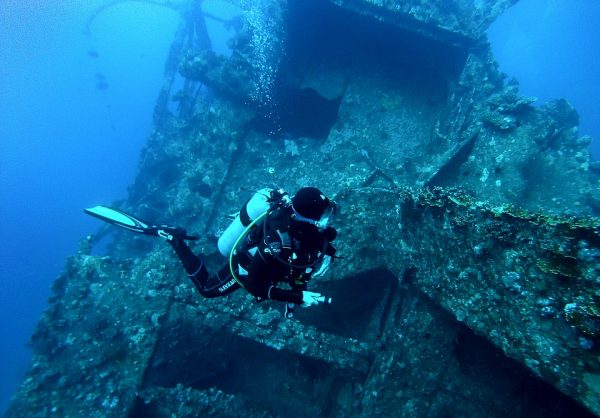
- A submerged ruin in Turkey's Lake Van near Mount Ararat – traditionally linked to Noah's Ark – could challenge historical beliefs about the origins of the biblical flood narrative and ancient civilizations.
- The city submerged 85 feet deep, is theorized to have been engulfed by a massive flood 12,000 to 14,500 years ago, triggered by volcanic activity from Mount Nemrut during a period of extreme climate upheaval (Younger Dryas).
- The site features sophisticated stonework, a fortress, circular temples and a carved "Flower of Life" symbol – a motif also found in South America – hinting at a possible lost global civilization with shared architectural and cultural traits.
- While some archaeologists date the ruins to the Urartian era (around 3,000 years ago), independent researchers argue geological evidence points to a much older timeline. Future dives aim to uncover organic material for definitive dating.
- The discovery reframes the biblical flood story as potentially rooted in a real ancient catastrophe, with links to Babylonian maps and regional legends. It could reshape understanding of how myths and historical events intertwine.
A new perspective on the biblical story
While the ruins were first discovered in 1997 by Turkish underwater filmmaker Tossen Salin, they have remained largely unknown to the public. Archaeologists have confirmed the existence of the structures but attribute them to the Urartian period around 3,000 years ago or even the medieval era. However, they acknowledge that the site has yet to be fully studied or definitively dated. LaCroix, however, contends that geological data tells a different story. Soil sampling and analysis of Mount Nemrut reveal evidence of a massive eruption around 12,000 years ago, which aligns with the timeline of the underwater city's submersion. The lake’s water level was stable for millennia, until the explosion of Mount Nemrut changed everything. Because stone cannot be carbon-dated, researchers are hoping to find organic material, such as sediment layers or artifacts, to confirm the age of the ruins. However, collecting such evidence underwater poses significant challenges. LaCroix and an international dive team are preparing to explore the site in September using advanced imaging tools to map the ruins and gather more data. LaCroix emphasizes that his findings do not dismiss the biblical version of the flood story but rather reframe it in its historical and cultural context. "It's not that Lake Van would have had to have been 85 feet lower," he explained. "It would have had to have been more like 100 feet lower or more, because these ruins are at 85 feet deep." The discovery has already prompted a reevaluation of the biblical narrative and its possible origins. The Babylonian Map of the World, the oldest known map, marks the Ararat region near Lake Van as a place of ancient significance, possibly linked to tales of a lone survivor who emerged after a global deluge. Follow Discoveries.news for more news about newly discovered ancient cities. Watch this video about interesting facts concerning Noah's Ark. This video is from the Constable channel on Brighteon.com.More related stories:
Researchers find "underwater Stonehenge" beneath Lake Michigan. Mysterious underwater pyramid off Japan could rewrite ancient history. Discovery of massive ruins of ancient Roman city hit by a tsunami proves "climate change" isn’t responsible for natural disasters. Sources include: DailyMail.co.uk GBNews.com DailyStar.co.uk Brighteon.comJapan’s AI-optimized wireless power design solves unstable voltage problem
By Ava Grace // Share
Health Ranger Report: Rep. Michael Cloud on Texas’ energy boom and AI data centers
By Kevin Hughes // Share
Artificial sweetener aspartame linked to increased stroke risk, study finds
By Ava Grace // Share
FDA weighs risks of antidepressants in pregnancy as acetaminophen concerns also mount
By Willow Tohi // Share
Diabetes breakthrough: Ginger rivals drugs in lowering blood sugar, study confirms
By Cassie B. // Share
Academic alliances: How western research fuels China’s surveillance state
By willowt // Share
Trump threatens "severe" Canadian fertilizer tariffs as farm relief plan takes shape
By bellecarter // Share
European leaders defend continent amid Trump's "weak" criticism
By bellecarter // Share
EU moves to bolster Lebanon's security forces, aiding Beirut in disarming Hezbollah
By ramontomeydw // Share











